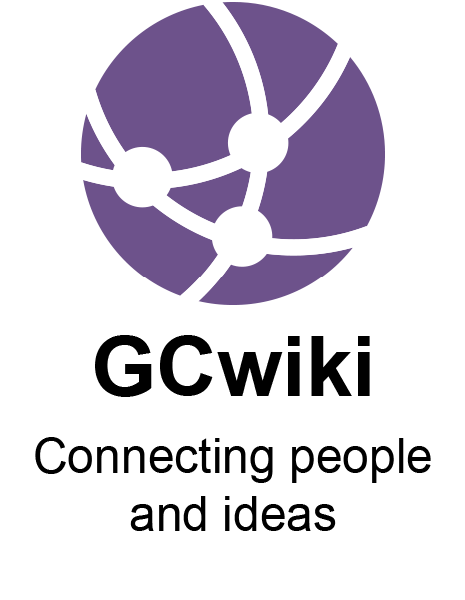Important: The GCConnex decommission will not affect GCCollab or GCWiki. Thank you and happy collaborating!
Difference between revisions of "CRI Supported Projects"
Sarah.faulds (talk | contribs) (Changed formatting of case studies from table to list) |
Sarah.faulds (talk | contribs) m (Changed categories) |
||
| Line 110: | Line 110: | ||
🔹 Establishing novel testing methodologies to evaluate the safety of new vehicle technologies and support road safety regulatory design | 🔹 Establishing novel testing methodologies to evaluate the safety of new vehicle technologies and support road safety regulatory design | ||
| + | [[Category:Innovation]] | ||
| + | [[Category:Treasury Board of Canada Secretariat (TBS)]] | ||
| + | [[Category:Regulatory Innovation]] | ||
Revision as of 10:15, 17 October 2022
Centre for Regulatory Innovation: Regulators’ Capacity Fund Projects 2020-2022
| Home | Events | What is Regulatory Experimentation? | Regulatory Experimentation Expense Fund | Regulators' Capacity Fund | Regulators' Capacity Fund Projects 2020-2022 | Tools and Resources |
|---|
Projects selected to receive funding under the Regulators’ Capacity Fund fall primarily under one of two groups based on how they support regulatory capacity for competitiveness:
- Analysis-based (i.e. initiatives to enhance understanding of what needs to be done to improve the regime’s competitiveness, and to equip regulators with the relevant skills and information); and,
- Solutions-based (i.e. initiatives to implement solutions that would develop capacity to administer regulations in a more cost-effective manner, which in turn, enhances the regime’s competitiveness).
The following are projects that were supported by the RCF.
Regulators’ Capacity Fund - Projects and Case Studies
(Click on titles to see project case studies)
Agriculture and Agri-Food Canada (AAFC)
🔹 Analysis of Global Systems that Enable Domestic Meat Trade
🔹 Analysis of Regulatory and Non-Regulatory Barriers to Domestic Red Meat Trade in Canada
🔹 Biogas Regulatory Navigation Study
🔹 Co-Development Approach to Seed Regulatory Modernization
🔹 Plant Breeders’ Rights Act/UPOV’91 Impact Study
🔹 Plant Breeders’ Rights Act/UPOV’91 Legal Analysis
Canadian Nuclear Safety Commission (CNSC)
🔹 Evaluation of Potential Safety Cases on the Use of Artificial Intelligence Safety Cases in the Canadian Nuclear Industry
Canadian Human Rights Commission (CHRC)
🔹 Online Dispute Resolution Platform
Community of Federal Regulators (CFR)
🔹 Building Cost-Benefit Analysis (CBA) Capacity in the Government of Canada
Competition Bureau (CB)- Innovation Science and Economic Development (ISED)
🔹 Competition Assessment Toolkit
Environment and Climate Change Canada (ECCC)
🔹 Developing Foresight Capabilities Activities
🔹 Environmental Data is Accessible Timely, Useable, and Managed (EDATUM) – Business Case
🔹 National Pollutant Release Inventory (NPRI) – Bulk Upload and Data Verification Tool
🔹 Regulatory Discovery Tool
🔹 Regulatory Standardization and Rules as Code Research Project
Health Canada (HC)
🔹 Analyzing Incentive Models to Support Pediatric Medicine Development and Submission to Canada
Innovation Science and Economic Development (ISED)
🔹 Centralized Service for Enabling Regulators to Issue and Consume Digital Credentials
Innovation Science and Economic Development (ISED) – Standards Council of Canada (SCC)
🔹 Using Conformity Assessment to Test AI
National Research Council of Canada (NRC)
🔹 Performance-Based Codes
Natural Resources Canada (NRCan)
🔹 Exploring the Use of Technology to Streamline Exploration to Production for Mining
🔹 Risk-based Inspection Planning Web Application
Standards Council of Canada (SCC)
🔹 Modernizing the Monitoring Standards in Regulation Tool
Transport Canada (TC)
🔹 Cumulative Regulatory Impact Analysis (CRIA) and Portal
🔹 Establishing novel testing methodologies to evaluate the safety of new vehicle technologies and support road safety regulatory design
